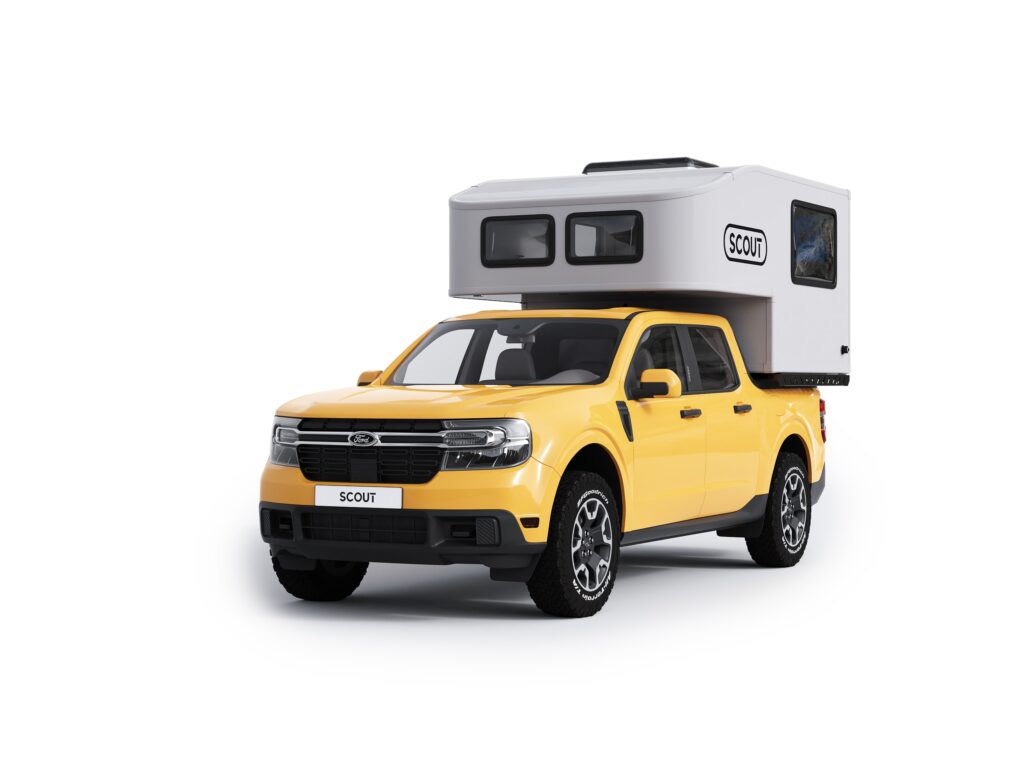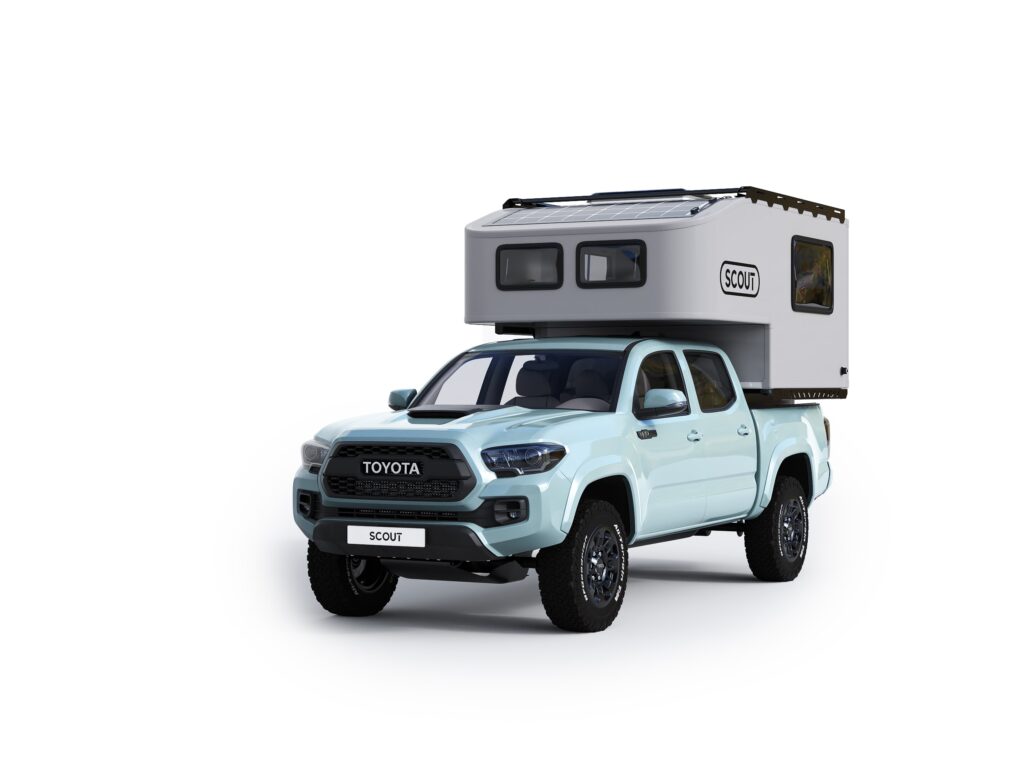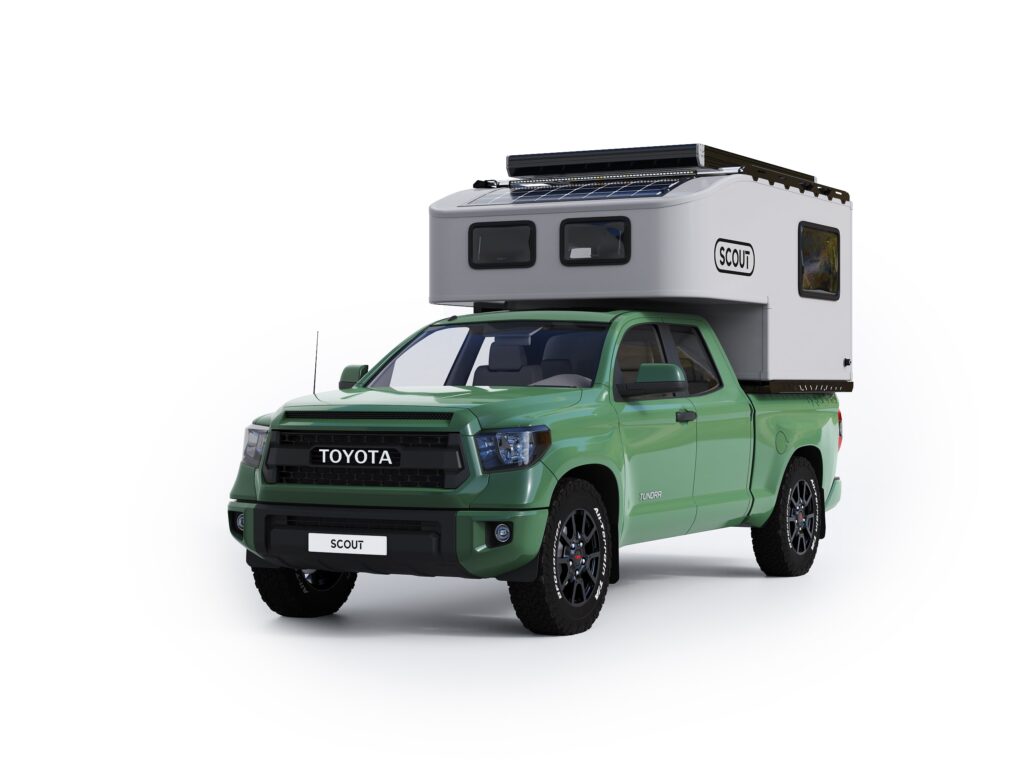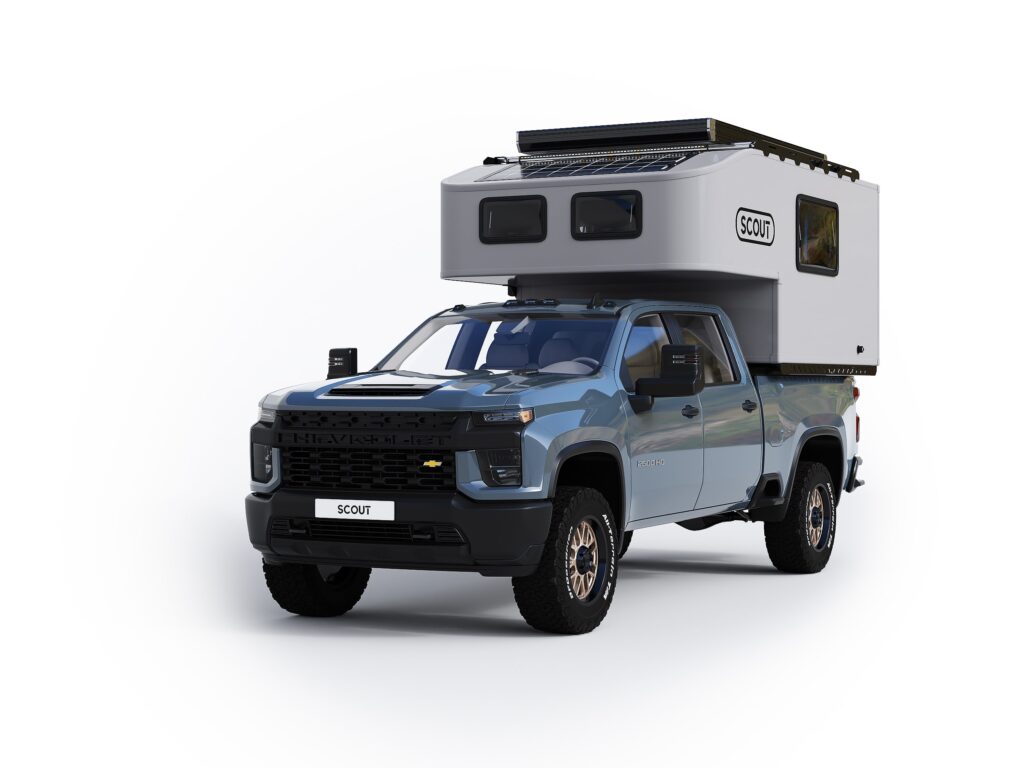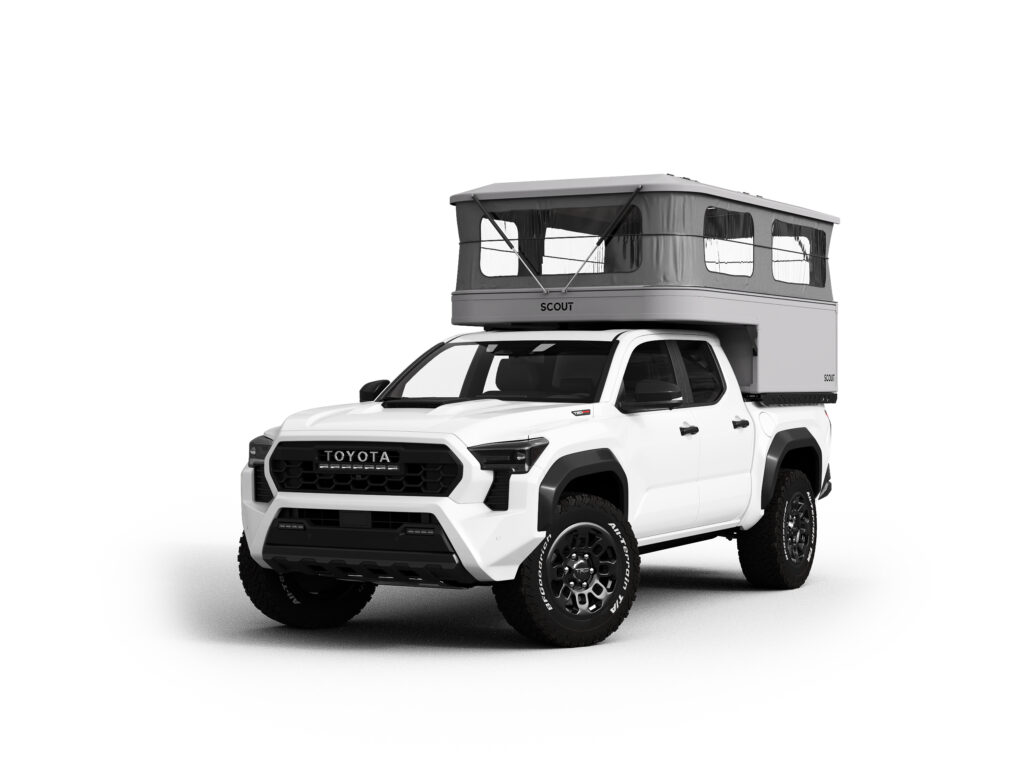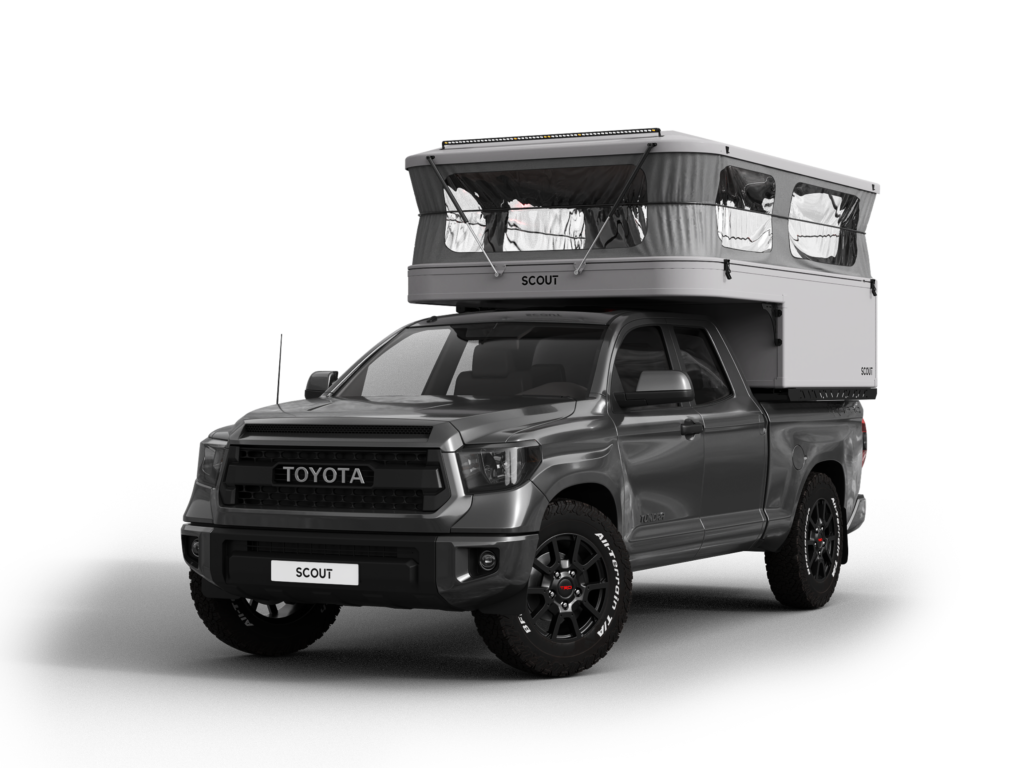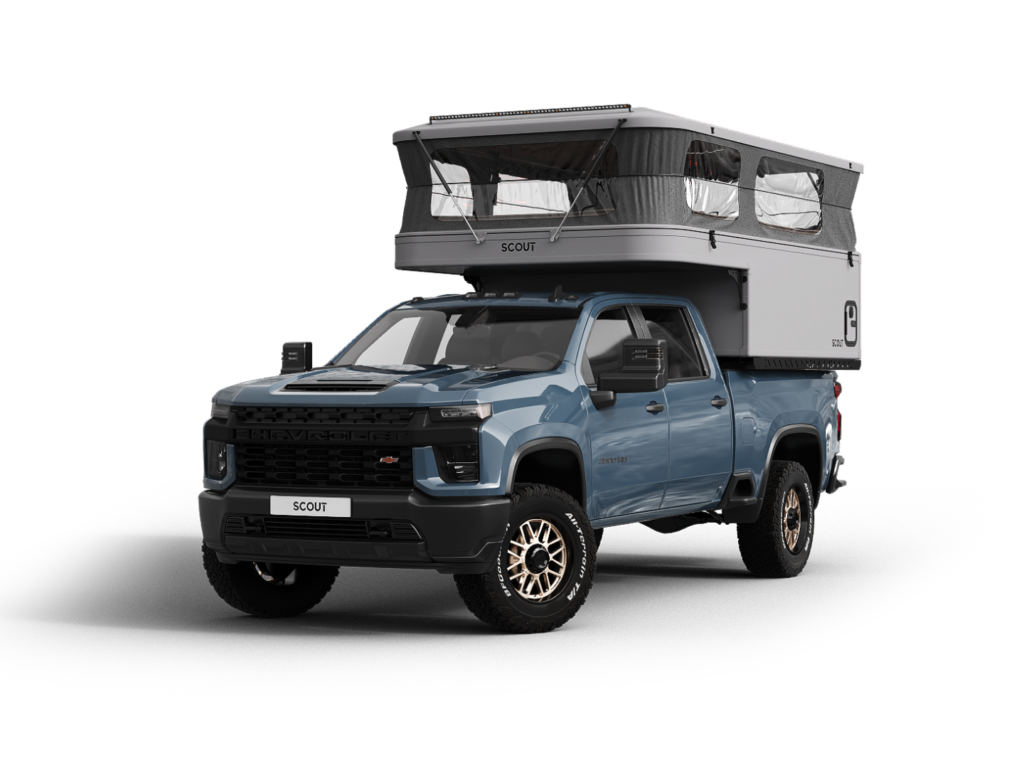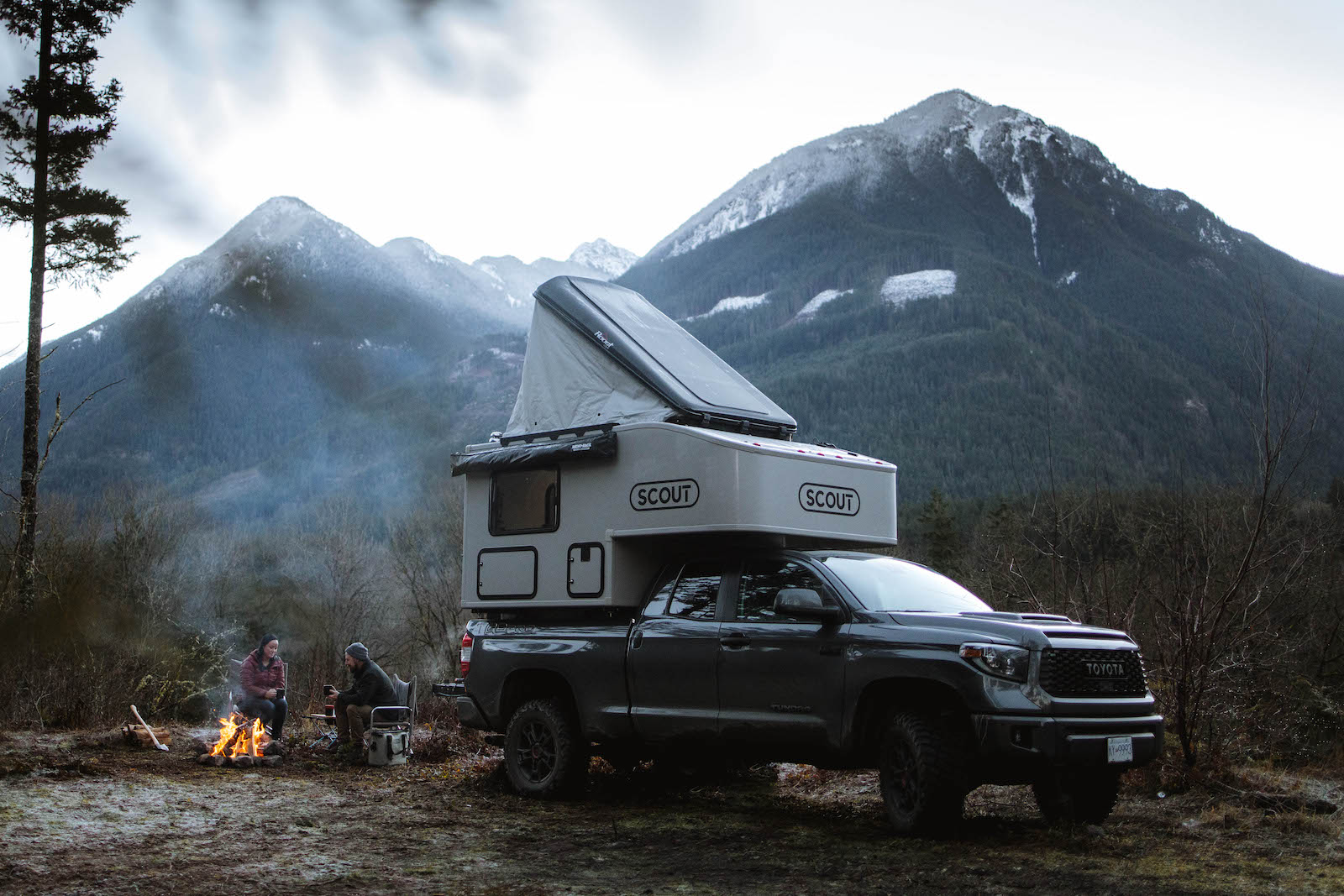Questions? Ask Away 👉
CONTACT US
Get 5% OFF
Turpis metus turpis in leo mauris et. Vel nam mauris id ac ut consectetur mattis bibendum et. Quisque dolor interdum nulla.
Ultricies maecenas condimentum quam etiam ac. Netus urna nisl eu urna ultricies. Risus morbi in blandit urna scelerisque metus porta eget. Vitae ut tincidunt egestas amet adipiscing cras enim. Nulla nec scelerisque sit justo quis aliquam enim.

